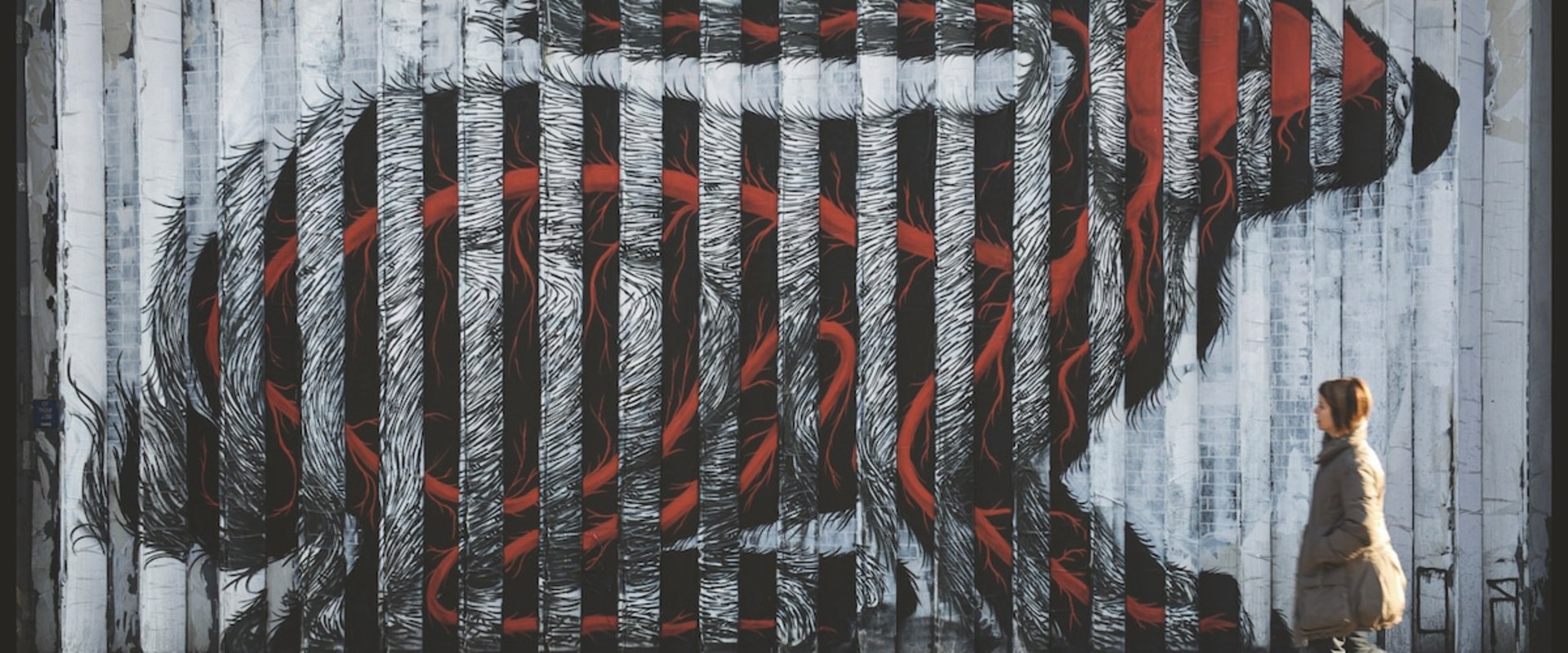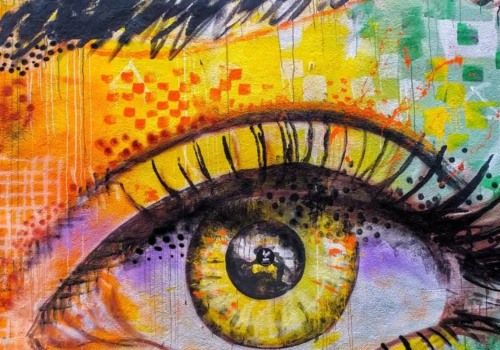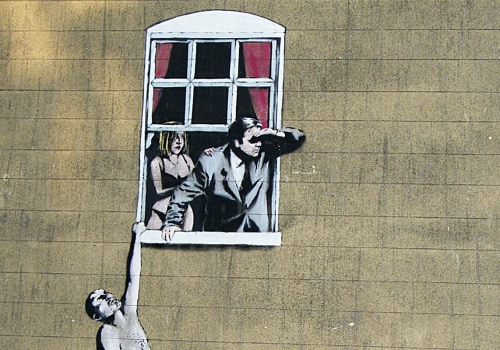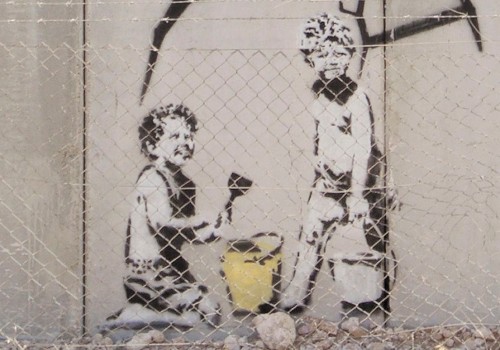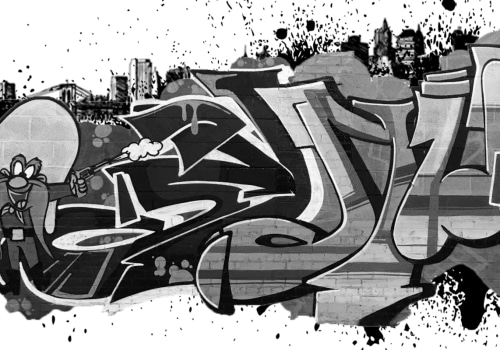Street art is a contemporary art movement that is also called Urban Art. Street art is created in a public space, usually without official permission. It can cover various media, which may include graffiti, template drawings, stickers, posters, video projections and lighting installations. Many people believe that street art is a recent phenomenon, but it has actually existed for centuries.
What we now recognize as street art is, in fact, contemporary street art, that is, art created today. Street art is considered to be one of the largest artistic movements that has achieved great popularity and continues to grow rapidly as an art form. Works of street art appear mainly in urban areas and public places, such as the outer walls of buildings, highway overpasses and bridges, and significantly define the landscape of many neighborhoods and cities around the world. Reflections on political and social issues usually occupy a central place in street art, ranging from sprayed labels, through stickers and woven fibers that wrap around telephone poles to monumental painted murals that cover entire buildings.
Street art, to a certain extent, is related to and encompasses the art of graffiti. From Jean-Michel Basquiat to Shepard Fairey, street artists are known for their creative expressions of rebellion. Keith Haring became famous for turning the New York subway into his canvas, KAWS broke into telephone booths and painted graffiti on their advertising panels, and Banksy deceived the art world when he destroyed his million-dollar canvas Girl With Balloon (200€) after being sold at auction. Nowadays, there are more ways than ever to bring the challenging style of street art to homes, from graffiti walls recovered from the 1980s to newly released printed editions of emerging talent.
The desire of people to leave their mark on walls has existed for thousands of years. Archaeologists have found striped graffiti on the walls of the city of Pompeii. However, in terms of contemporary street art, we can trace its beginnings to labeling or scratching initials or a name on public property in New York in the late 1960s. It also originated with graffiti artists of the 1970s and 80s who were looking for new places to make art, reacting and rebelling against the rules of society.
This phenomenon also presents difficulties for art historians, since the large number of street artists, as well as their tendency to remain anonymous, make it difficult to interact with individual artists in a profound way. By comparison, street artists take the ideas and tools associated with graffiti and use them to create art that sends a message. We take a look at some of the most famous street artists of the past and the most influential street artists of today. Specialized computer programs allow artists (such as MOMO, born in San Francisco) to better plan their graffiti works and prepare their templates and posters of wheat pasta, while digital photography used in conjunction with the Internet and social networks allows them to document, share and immortalize works of street art, where before most of the pieces tended to disappear when municipal authorities removed them or painted them by other artists.
While both forms of public expression are not always done with the permission of the owners, which includes the subject of vandalism in the equation, street art has broader objectives than graffiti. Public street art inspires you with the skill of the artist and makes you pause to think or, at other times, you simply overlook. Although street art is usually commissioned, the manufacture of graffiti is usually sanctioned and cities often treat the act of sprinkling graffiti as an act of vandalism. Although the term dates back to classical antiquity or even to prehistoric times, it mainly refers to the trend for street art in urban environments after the 1960s.
Thread bombardment, the act of bringing colored knitted or crochet threads or fibers to the streets, is one of the fairly new phenomena in the world of street art. For example, many of today's leading street artists use their work to examine personal or cultural identity, criticize social and institutional frameworks, or even redefine art itself. In recent decades, this practice has spread all over the world, often maintaining elements of the American wild style, such as intertwined letter shapes and bold colors, but also taking on a local touch, such as street art from Japan inspired by manga. Often fun and thought-provoking, street art encompasses an extremely wide range of interesting topics and techniques that go beyond traditional graffiti and spray painting.
Although some street artists create installations or sculptures, they are best known for their use of unconventional artistic media, such as spray paint, stencils, wheat pasta posters and stickers. He began creating street art in 1999, spending several days in his studio preparing wheat pasta posters made with recycled paper and then transporting the finished works to urban public spaces, where he glued them to walls. . .
